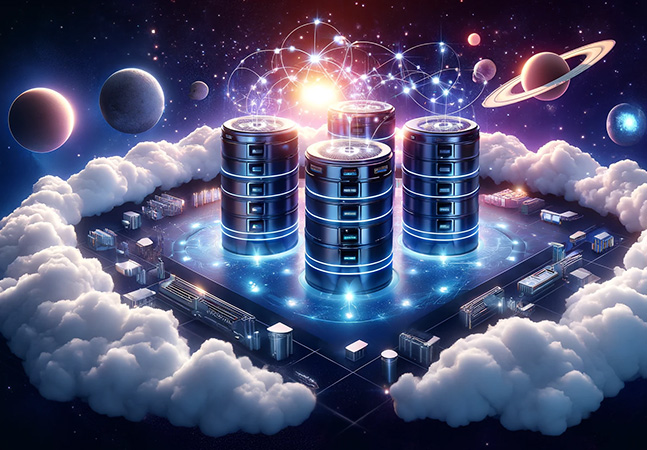
As organizations increasingly rely on cloud-native solutions, the need for robust, real-time monitoring tools has never been more pressing.

With JetBrains making its Rider and WebStorm IDEs freely available for non-commercial use, Visual Studio 2022 Community Edition has a new competitor, not to mention Visual Studio Code. So what's a (non-enterprise) .NET-centric developer to do now?

Here's a taste of our no-coding future, thanks to Copilot AI.

"Kubernetes has a lot of 'moving parts' so can be intimidating at first," says Dan Wahlin, a principal cloud developer advocate at Microsoft who promises to explain everything at a developer conference next month in Orlando.

Vision-centric queries show how front-line experts are prompting LLMs these days.

Learn about Windows-to-Linux conversions and how to break and fix cloud containers -- all while helping to save the world from e-waste with some "sheer geeky fun."

They provide developers with the ability to toggle features on and off without having to redeploy code, making it easier to manage risk, test features in production, and facilitate smoother releases.

Tony Champion: "From giving you access to the entire lifecycle of a request, the ability to configure and extend authentication and authorization, .NET 8 gives you the power to create APIs to meet even the most demanding needs."

Sometimes, complex technical achievements are best explained through one example. That's the approach Mete Atamel, Developer Advocate at Google, is taking as he makes the rounds detailing the capabilities of Vertex AI and associated tooling on the Google Cloud Platform.

The Angular web-dev framework might seem an odd choice for a Microsoft-centric developer to consider, seeing as it's championed by arch-rival Google, but a closer look reveals many advantages.

The cloud changed IT forever. And then containers changed the cloud. And then Kubernetes changed containers. And then microservices usurped monoliths, and so it goes in the cloudscape. Here's help to sort it all out.

In the dynamic field of cloud computing, the architect's role is increasingly pivotal as they must navigate a complex landscape, considering everything from the overarching architecture and individual service configurations to the various trade-offs involved. Here's help.

.NET 9 is coming in November, so here is help in how to build and deploy a modern .NET 9 app using cloud and DevOps tools.

Blazor shook up the .NET-centric web-dev space several years ago with its new ability to create web apps using C# and .NET instead of primarily coding UI with JavaScript like most every other framework, and it has been steadily advancing ever since. Here's a look at using RazorComponents for app integration.

Chris Klug keeps seeing developers using Entity Framework, Microsoft's open-source object-relational mapper (ORM) for .NET applications, in less optimal ways.

Since its inception as an intriguing experiment in leveraging WebAssembly to enable dynamic web development with C#, Blazor has evolved into a mature, fully featured framework. Integral to the ASP.NET Core ecosystem, Blazor offers developers a unique combination of server-side rendering and rich client-side interactivity.

Azure Cosmos DB is a fully managed distributed database that can be transparently replicated across regions while remaining highly performant and seamlessly scaling according to needs, making it great for applications of any scale.

Unfortunately, the exact number of AI Copilots unleashed on the world by Microsoft is apparently unknowable, like the value of Pi, beyond the comprehension of humans or machines.

PolyBase, a data virtualization feature for SQL Server, allows users to seamlessly query data from various external sources directly using T-SQL (Transact-SQL) without the need for separate client connection software.

In modern applications, data is being retrieved in asynchronous, real-time streams, as traditional pull requests where the clients asks for data from the server are becoming a thing of the past.